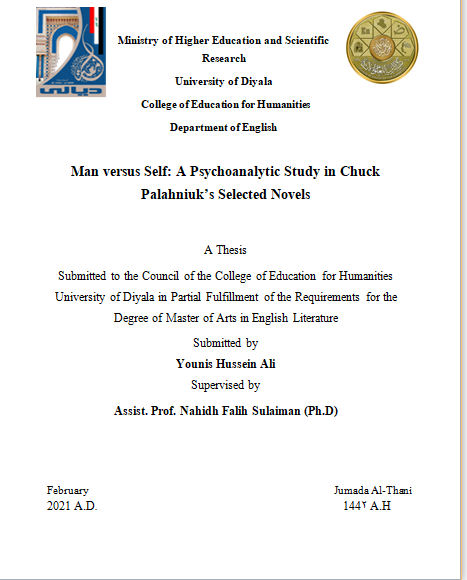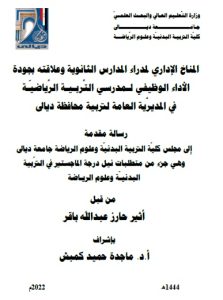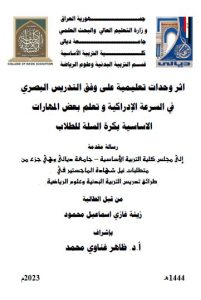Abstract
In recent times, there are less explicit academic concerns that give the psychological significance of the "man versus self" conflict in the field of literature. Thus, the present study sheds light on the concept of the “man vs. self” conflict in selected narratives due to its importance in real life and in literature alike. It examines the role of conflict of "man vs. self" in Chuck Palahniuk’s novels, Fight Club (1996) and Invisible Monsters (1999). At the same time, it deals with the most prominent types of internal and external conflicts in real life and in literature, with literary work as a sample for each type. It presents both psychological and social perspectives of conflicts that are of equal importance in this study as their direct influence is evident in the behaviours of the selected protagonists.
In general, conflict is inevitable for humans. It is part of human nature. In particular, internal conflicts are an integral part of the daily life of a human being. For example, one may want to invest in his job and at the same time he wants to be with his family. The concept of internal conflict is considered the basis of all traditions of psychology, including the psychoanalytic theory of Sigmund Freud (1923/1942). Hence, psychoanalytic theory is used as a primary method in this study.
The psychoanalytic applications upon literary works have been gaining importance nowadays. Therefore, psychoanalysis theory is a very effective method for analysing the “man vs. self” conflict in the selected novels. Both novels are analysed through the theories of psychoanalysis proposed by Sigmund Freud and Jacques Lacan. Based on these analyses, it is proposed that the main characters in the above novels suffer “man vs. self” conflict.
This thesis includes five chapters. In the first chapter, there are the thesis’ introduction, the statement of the problem, the aim, the hypothesis of the study, methodology, and literature review. The second chapter, which is entitled “Psychoanalysis Theory”, is divided into five sections. The first section deals with an overview to psychoanalytic theory. The second section revolves around Sigmund Freud and Jacques Lacan as pioneers of psychoanalytic theories. The third section tackles the concept of conflict and its major types in real life and literature. Moreover, the section provides categories of internal and external conflicts with literary examples for each type. Psychoanalytic therapy and its techniques are presented in the fourth section. Finally, in the fifth section, the researcher gives a general overview to Chuck Palahniuk, the novelist of both novels. This section also contains information for his personal life and his career journey in writing novels.
The third chapter is entitled “Fight Club: The Struggle for True Self”, it concerns with Fight Club novel. This chapter includes three sections. The first section is an introduction. The second section discusses the protagonist’s journey, which is full of struggles in searching for “true” self”. Finally, the third section deals with the “man vs. self” conflict in Fight Club’s narrator.
The fourth chapter is entitled “Invisible Monsters: The Objectification of Women”, it deals with Invisible Monsters novel. This chapter falls into three sections, the introduction section, a section entitled “Invisible Monsters: The Importance of Being Invisible”, and the third section examines the “man vs. self” conflict in the novel’s narrator.
Finally, the fifth chapter gives conclusions and findings to the thesis. It also contains recommendations for further studies.





